“I am a Pain Enthusiast”
In this brief conversation with my colleague, Susan Axelrod, we talk about how Tai Chi and Qigong help people manage pain and find relief.
I have had many job titles in my life, but the strangest by far is “pain enthusiast.”
I am an advocate for healthy relationship to pain. This makes me a pain enthusiast in that I value what pain teaches and how it trains you to know yourself and respond to life intelligently and with your whole self.
The International Association for the Study of Pain (IASP) is a non-profit organization whose members include scientists, physicians, and other healthcare professionals who work together to improve the understanding and management of pain. The IASP defines pain as an unpleasant sensory and emotional experience, which means it is a mindbody experience.
Pain does not “occur” in the body as much as pain is a state of being that involves the whole person, the mind, the body, and the whole life of a person. Pain is a life disrupter that needs to be understood. I am an interventionist for pain in that I am a mindbody teacher who has taught meditative movement arts for over ten years at pain centers to patients who have been injured on the job and then found themselves needing to manage ensuing health challenges, including chronic pain, in order to return to work. It turns out mindbody arts (practices such as meditation, Tai Chi, Qigong, Yoga, and more) are very good for helping people restore function and manage and reduce pain.
Pain is a part of life, and it is not a bad part. With the discovery of anesthesia in the late 1800’s, first used by a dentist named William Thomas Green Morton to do dental work, our culture became enamored of the possibility of undergoing otherwise painful procedures in an unconscious and pain-free state. As a society, we have an expectation that eliminating pain—as opposed to understanding pain—is what treating pain is all about. The unspoken belief about pain in society is that pain is inconvenient, an insult or, worse, a sign of failure or just being in the wrong. Pain falls in the “This should not be happening” category of experience. The hard part is that such beliefs about pain can be unconscious, and they can go unexamined and unquestioned by patients and health care providers alike. As a society, we are not aware that such attitudes about pain can make it hard to deal with pain and the suffering that goes with it.
But pain happens, and there are accompanying thought forms and life experiences that go with it that are recognizable. Pain signals “urgency!” which creates pressure that is very hard to ignore. In fact, though pain is very much tied to survival—meaning, pain is a biological signal of threat that needs to be addressed in a timely manner—often it is the thoughts and beliefs about pain (“This is wrong,” “this is going to get worse,” “I don’t know what to do," are common thoughts about pain) that really make people suffer. From a whole-person perspective, the threat that pain poses in a person’s life can be a challenge of practical considerations and signal a need for special accommodations, but the challenge can also signal a need to understand what needs healing in the whole person’s life. People need support in navigating the pain terrain so that they can manage their experience and get relief. When pain is compassionately addressed in this way, with a desire to understand it (a desire to get to the bottom of it) and support you, the person in pain, new solutions, new ways of being, are possible. With appropriate support, you can make sense of pain and live your life in peace.
So, I invite you to join me at my next Empowered Relief class, a two-hour pain skills class developed by pain scientists at Stanford University. The class provides just enough neuroscience to help you understand what pain is and also shows how you can use simple mindbody arts to train your nervous system and brain away from chronic pain. The class is intended for anyone who deals with pain and for the anyone who cares for and works with people in pain.

